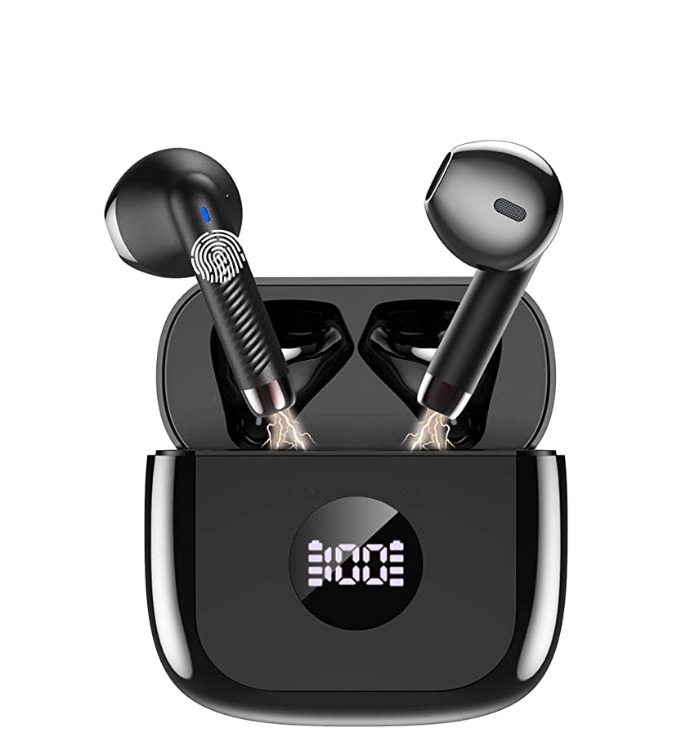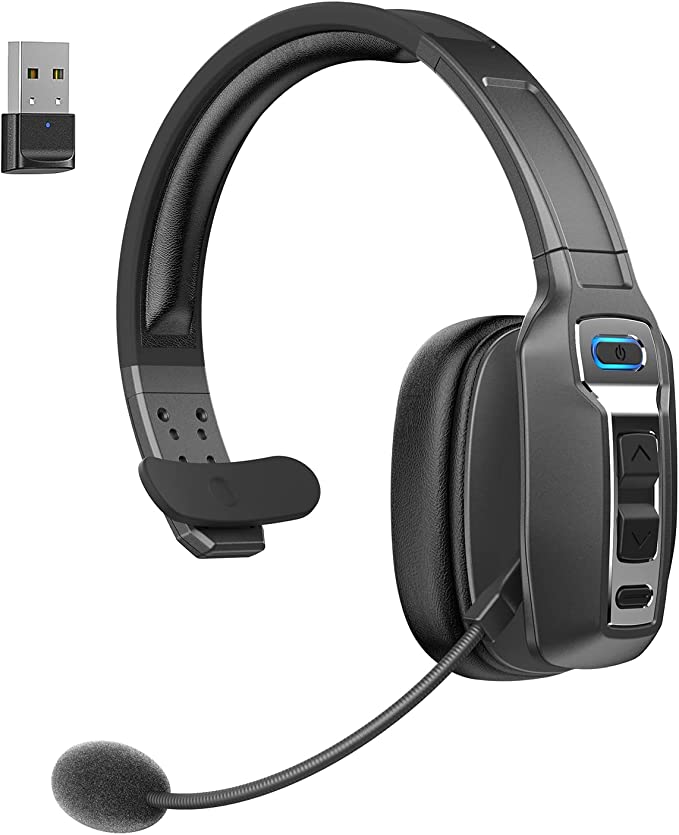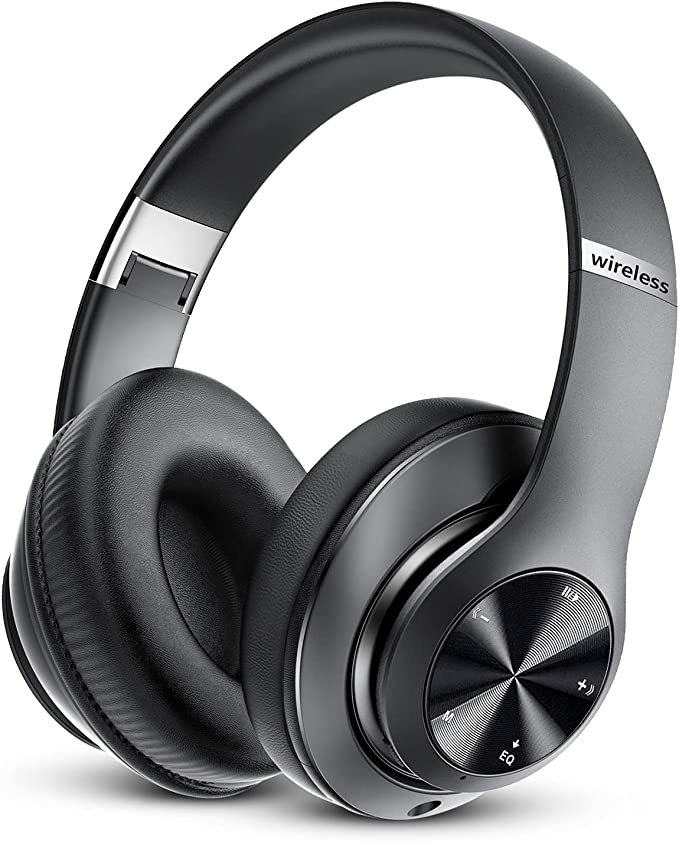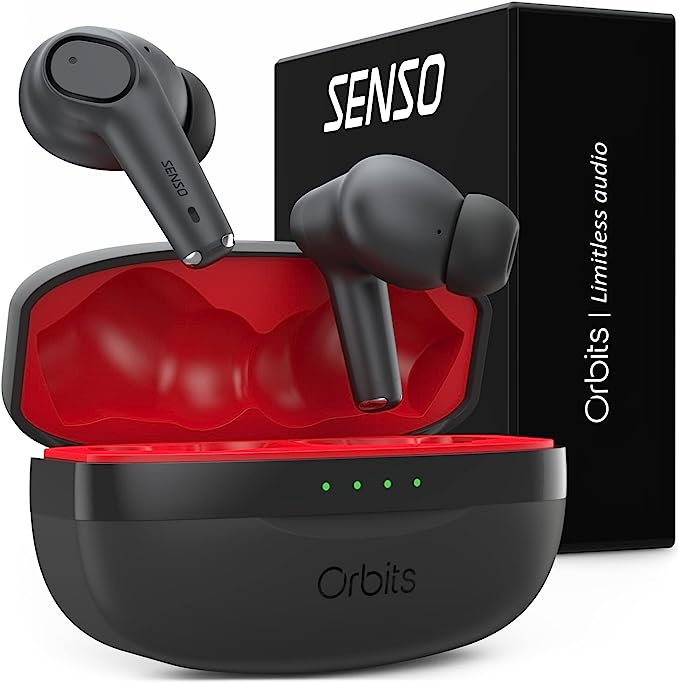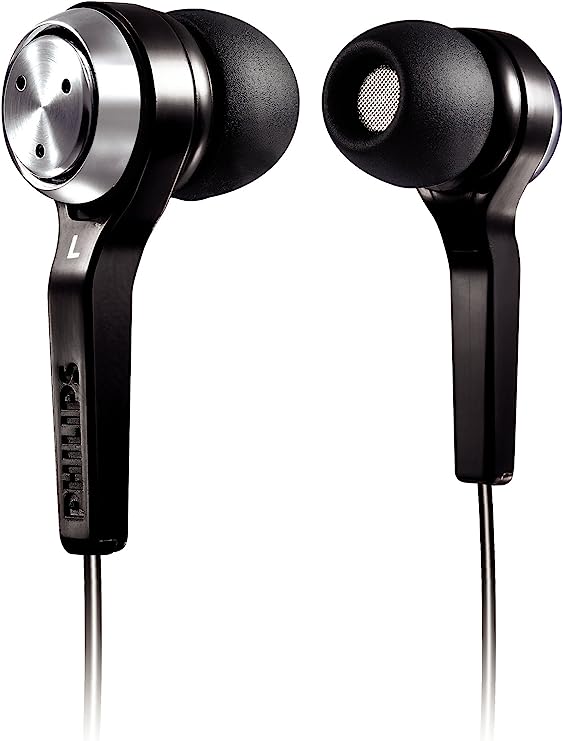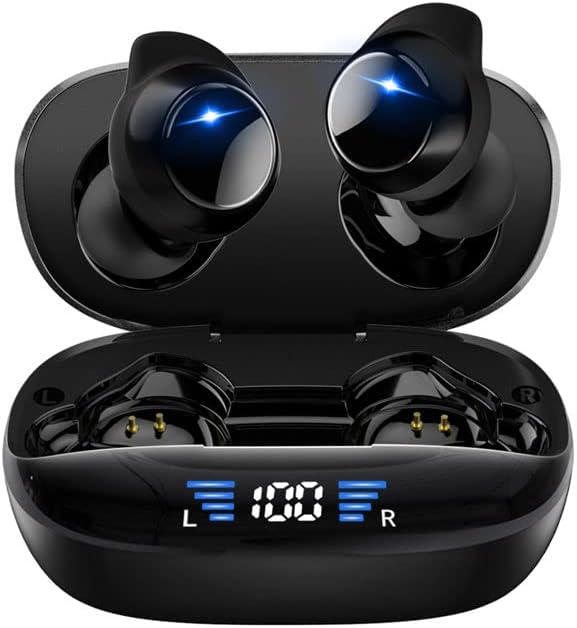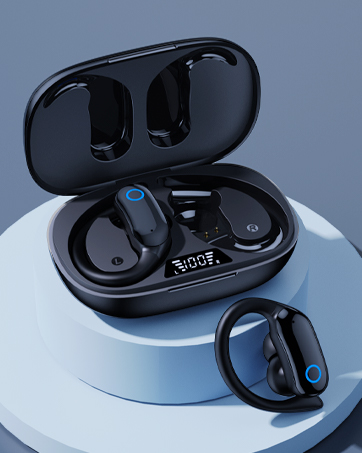The Truth About Your Desk "Air Conditioner": Why Your Zip Code Is the Most Important Feature
Update on Oct. 7, 2025, 1:52 p.m.
It’s an almost irresistible proposition. The summer sun is relentless, your home office feels like an oven, and there on your screen is a sleek, compact box promising an oasis of cool for the price of a few pizzas. Devices like the LQTTEK A05, marketed as “portable air conditioners,” whisper a seductive promise of powerful, personal cooling without the cost, noise, or hassle of a traditional AC unit. But before you click “buy,” there’s a crucial piece of information that isn’t listed in the technical specifications: its effectiveness is almost entirely decided by your geographical location.
Does it actually work? The answer is a surprising and definitive “yes” and “no.” It can be a game-changing comfort tool or a disappointing waste of money, and the difference lies in the air outside your window. To understand this paradox, let’s step into the shoes of two people, both using the exact same device on the exact same 95°F (35°C) day, but living in two very different climates.

A Tale of Two Summers: A Desk in Phoenix vs. A Porch in Miami
Our first user, Alex, works from a home office in Phoenix, Arizona, a city known for its hot, dry desert climate. He fills his new desk cooler with cold water, plugs it in, and directs it towards his face. A fine, cool mist emerges, but it vanishes almost instantly into the arid air. The breeze that hits his skin isn’t just moving air; it’s genuinely, refreshingly cold. The thermometer on his desk, sitting in the direct path of the airflow, registers a noticeable drop in temperature. For Alex, the device is an absolute success, a personal bubble of cool that makes the oppressive desert heat manageable without having to crank the expensive central air conditioning. The dry air acts like a thirsty sponge, eagerly soaking up the water, and this rapid evaporation creates a powerful cooling effect.
Now let’s visit Maya, sitting on her screened-in porch in Miami, Florida, where the climate is hot and intensely humid. The air here is just as hot as in Phoenix but feels thick, already heavy and saturated with moisture. She sets up the exact same device, hoping for a bit of relief. It hums to life, and a similar fine mist puffs out. But here, the mist doesn’t vanish. It lingers, clinging to her skin, making it feel damp and clammy. The breeze offers little comfort, feeling more like a lukewarm, wet breath than a cooling stream. The air, already a full sponge, simply has no capacity to absorb more water. For Maya, the device has failed; it has added more moisture to an already sticky situation, arguably making her feel less comfortable.

Myth vs. Reality: It’s Not an Air Conditioner, It’s an Evaporative Cooler
So what explains this night-and-day difference in performance? It’s because despite the name on the box, this device isn’t an “air conditioner” in the way we typically understand it. It operates on a much older, simpler, and more natural principle: evaporative cooling.
A true air conditioner works like a refrigerator. It uses a compressor and a chemical refrigerant in a closed loop to actively pump heat from inside your room and dump it outside—that’s why it needs a hot exhaust vent. It forcefully cools and dehumidifies the air.
An evaporative cooler, on the other hand, works like sweating. When you get out of a swimming pool, you feel cold because the water on your skin is evaporating. That process of turning liquid into gas requires energy, which it pulls directly from your skin in the form of heat. These desktop devices are essentially miniaturized, mechanized sweat glands. A fan blows air across a moist surface (or through a fine mist), causing that water to evaporate and cool the air in the process. This is a simple yet elegant trick of physics, but it has one critical limitation: it relies entirely on the air’s ability to absorb more water.
Here’s a breakdown of the fundamental differences:
| Feature | Evaporative Cooler (e.g., LQTTEK A05) | True Portable Air Conditioner |
|---|---|---|
| Cooling Mechanism | Evaporation of water (adds humidity) | Refrigeration cycle (removes humidity) |
| Best Climate | Hot, dry climates (Low humidity) | All climates, especially hot and humid |
| Energy Use | Very low (~10-25 Watts) | High (~1000-1500 Watts) |
| Cost | $20 - $80 | $250 - $600+ |
| Exhaust Vent | No exhaust hose required | Requires a large hose vented out a window |
| Effect on Room | Cools a direct personal area | Cools and dehumidifies an entire room |
The Final Verdict: Is It The Right Choice For You?
Understanding the technology is one thing, but it all comes down to a single question: should you buy one? Here is a simple litmus test based on your environment and needs.
✅ Go for it if:
- You live in a hot, dry region. Think of places like the American Southwest (Arizona, Nevada), the Middle East, or inland Australia. In these environments, an evaporative cooler is a phenomenal, energy-sipping tool for personal comfort.
- You want to combat the dryness of central AC. If your main air conditioner leaves your skin and eyes feeling dry, a small evaporative cooler on your desk can reintroduce a bit of comfortable humidity while providing a targeted cool breeze.
- You need a cheap, portable solution for outdoor use in a dry area. It’s perfect for a workbench in a garage or a spot on the patio where a traditional AC isn’t feasible.
❌ You should probably avoid it if:
- You live in a humid region. This includes the American Southeast (Florida, Louisiana), the United Kingdom, most of Western Europe, and Southeast Asia. In these places, the device will be ineffective at cooling and will add unwanted humidity, making the air feel muggy and potentially contributing to mold or mildew issues. A simple fan for air circulation or a real air conditioner (or dehumidifier) are far better investments.
- You need to cool an entire room. These are personal space coolers. They will not lower the ambient temperature of a bedroom, office, or living room. The cooling effect is highly localized to the direct path of the airflow.

The Right Tool for the Right Job
Ultimately, devices like the LQTTEK A05 aren’t scams. They are highly specialized tools that are, unfortunately, often subject to misleading marketing. The “personal portable air conditioner” label creates an expectation that these simple, inexpensive devices simply cannot meet in all conditions.
But now, you have the knowledge to see past the label. You understand that their power doesn’t come from complex machinery, but from the simple physics of evaporation. You know that the most important feature isn’t the number of fan speeds or the size of the water tank, but the relative humidity of the air around you. Armed with this understanding, you can make a decision that is truly right for your home, your climate, and your comfort.







